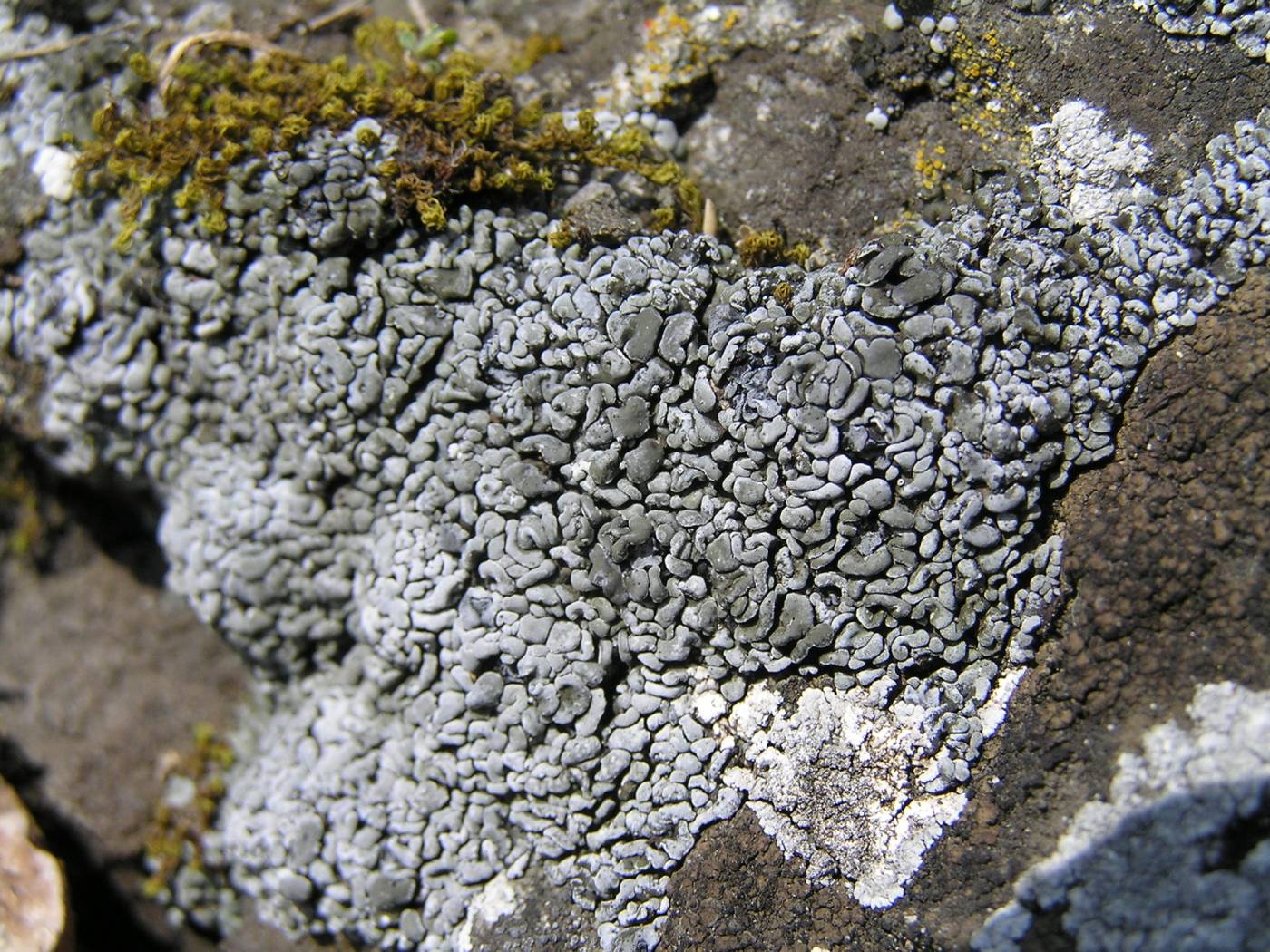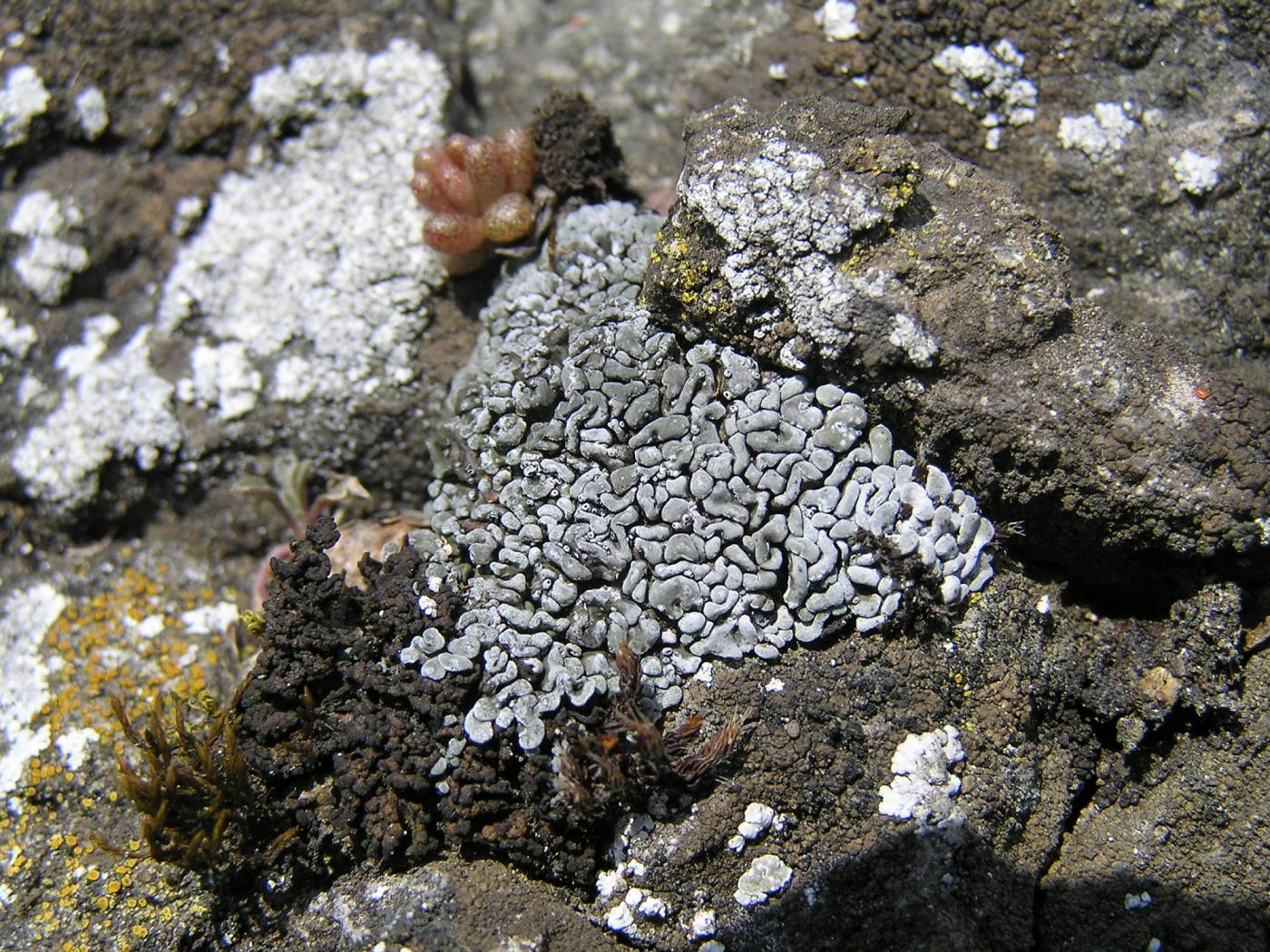A species similar to T. sedifolium, from which it differs in flattened densely packed squamules and the presence of unknown terpenoids, which form yellow spots on TLC plates. The morphological distinction of the two species is not unambiguous; thus, confirmation of secondary metabolites is recommended.
It typically grows in cracks of limestones or other calcareous rocks, often overgrowing mosses or cyanolichens. Its association with cyanobacteria is apparent mainly during the initial developmental stages. It commonly also grows on calcareous soil. In Europe, the species is widely distributed from the lowlands to the mountains. In the Czech Republic, it is abundant in karst areas. The number of records is biased because of common misidentification with T. sedifolium, which often grows in the same habitats. The two species have only been distinguished since 2000 in Czechia.
taxonomic classification:Ascomycota → Lecanoromycetes → Lecanorales → Ramalinaceae → Thalloidima
most frequented synonyms:Toninia coeruleonigricans f. opuntioides, Toninia opuntioidesRed List (Malíček 2023):DD – data deficient
Occurrence in the Czech Republic
All records: 35, confirmed 31. One click on a selected square displays particular record(s), including their source(s).

